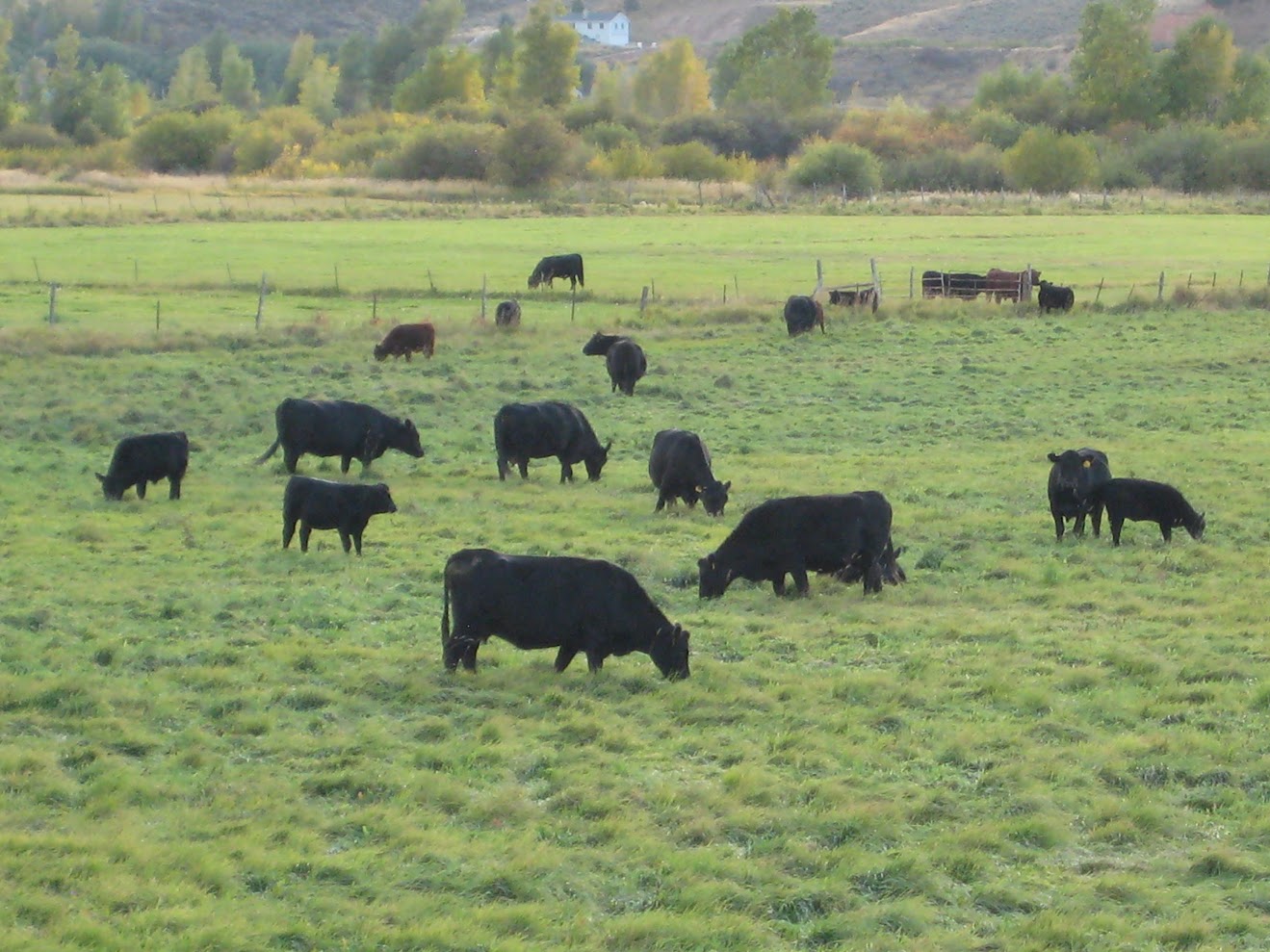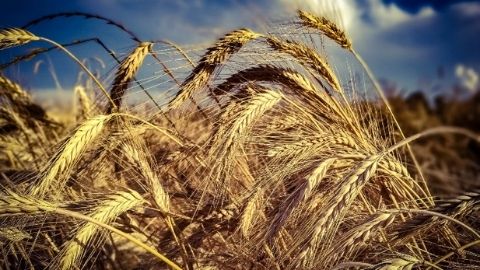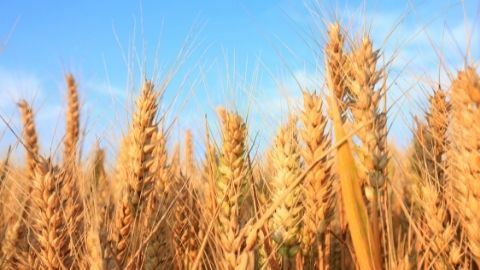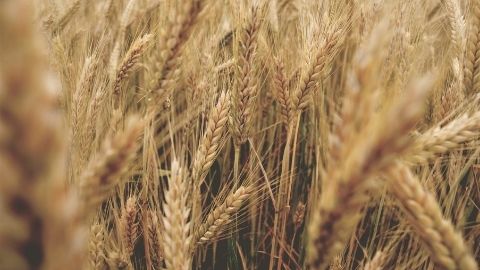Livestock Risk Protection Insurance: Feeder Cattle

What feeder cattle are insurable?
Feeder cattle comprise the largest share of contracts historically purchased for Livestock Risk Protection (LRP) insurance. Insurable types of feeder cattle include steers, heifers, predominately Brahman, and predominately dairy, as well as unborn steers and heifers, unborn Brahman, and unborn dairy calves. Feeder cattle types other than the unborn calf categories can all be insured at one of two weight categories—weight 1: less than 600 pounds and weight 2: 600–1,000 pounds. Specific coverage endorsements (SCE) for feeder cattle may be purchased with an annual limit of 25,000 head for an individual producer per year, with a maximum per SCE of 12,000 head (Risk Management Agency [RMA], 2022). While that is the maximum per contract, producers can purchase LRP insurance contracts for as little as one head. Find general information about how the LRP insurance program works in the companion Utah State University Extension fact sheet titled “Livestock Risk Protection Insurance FAQ.”
What are feeder cattle price adjustment factors?
Expected ending values follow the Chicago Mercantile Exchange (CME) Feeder Cattle futures market and are cash settled to the CME Feeder Cattle Index (FCI). Both the CME futures market and CME FCI correspond to feeder cattle steers, weight 2. To calculate expected ending values and actual ending values for the other feeder cattle types, the RMA uses price adjustment factors, as shown in Table 1 (RMA, 2022). To calcuate prices for other feeder cattle, simply multiply the price for steers, weight 2, by the corresponding adjustment factor for your desired feeder cattle type.
|
Table 1. Price Adjustment Factors for Feeder Cattle Types |
||
|
Weight range |
1–599 lb (weight 1) |
600–1,000 lb (weight 2) |
|
Steers |
110% |
100% |
|
Heifers |
100% |
90% |
|
Predominately Brahman |
100% |
90% |
|
Predominately dairy |
50% |
50% |
What are the "optimal" coverage contracts?
LRP contracts that return an indemnity to a producer greater than the subsidized premium cost could be defined as having a positive net return. Those combinations of coverage length and level that have historically provided the highest probability of a positive net return while also providing the highest average net return could be defined as “optimal” contracts (Haviland & Feuz, 2022). Table 2 summarizes these optimal contracts for each marketing month (the month in which a producer intends to market livestock). LRP coverage lengths of 13, 17, 21, 26, and 30 weeks are shown, with coverage levels of 85%–100% split into 5 groups:
- 1 = (85.00% - 89.99%).
- 2 = (90.00% - 92.49%).
- 3 = (92.50% - 94.99%).
- 4 = (95.00% - 97.49%).
- 5 = (97.50% - 100.00%).
The optimal contracts, already defined, are those cells within Table 2 shaded in gray and marked with an “X.”
|
Table 2. LRP Feeder Cattle “Optimal” Combinations of Coverage Length and Level by Marketing Month |
||||||||||||
|
Coverage length/levela |
Jan. |
Feb. |
Mar. |
Apr. |
May |
Jun. |
Jul. |
Aug. |
Sep. |
Oct. |
Nov. |
Dec. |
|
13/1 |
||||||||||||
|
13/2 |
||||||||||||
|
13/3 |
||||||||||||
|
13/4 |
||||||||||||
|
13/5 |
X |
X |
X |
X |
X |
X |
||||||
|
17/1 |
||||||||||||
|
17/2 |
||||||||||||
|
17/3 |
||||||||||||
|
17/4 |
||||||||||||
|
17/5 |
X |
X |
X |
X |
X |
|||||||
|
21/1 |
||||||||||||
|
21/2 |
||||||||||||
|
21/3 |
||||||||||||
|
21/4 |
X |
|||||||||||
|
21/5 |
X |
X |
X |
X |
X |
|||||||
|
26/1 |
||||||||||||
|
26/2 |
||||||||||||
|
26/3 |
||||||||||||
|
26/4 |
X |
|||||||||||
|
26/5 |
X |
X |
X |
X |
X |
X |
||||||
|
30/1 |
||||||||||||
|
30/2 |
||||||||||||
|
30/3 |
||||||||||||
|
30/4 |
X |
X |
X |
|||||||||
|
30/5 |
X |
X |
X |
|||||||||
|
Notes. Optimal combinations of coverage length and level are those that have historically provided the highest average net return and highest probability of a positive net return. The optimal combinations are shaded in gray and marked with an “X.” a Coverage length/levels are defined as the length in weeks and the levels coded as 1 = (85.00%–89.99%), |
||||||||||||
How were the optimal contracts determined?
The optimal contracts are based on historical performance of LRP contracts from 2005–January 2023. The net return and probability of positive net return were analyzed for each combination of coverage length and level and those combinations that were statistically the highest (5% significance level) were taken as the optimal set. As the LRP contracts for all feeder cattle types are based on the same CME futures and FCI, the optimal contracts identified are consistent across all feeder cattle types.
An online tool, Livestock Risk Protection (LRP) Support Tool (https://farmanalysis.usu.edu/lrp/), is available to help producers visualize which contracts are optimal based on their marketing month and specific commodity. The optimal contracts identified within Table 2 may not correspond directly to those identified using the LRP online decision tool. This discrepancy can arise as the online tool is continuously updated as new LRP data becomes available.
What patterns exist within the optimal contracts?
Patterns within the optimal contracts identified for feeder cattle suggest that generally higher coverage levels have historically been more likely to return a positive net return as well as the highest average net return across all marketing months. Patterns within coverage length are far less pronounced. This suggests that producers purchasing feeder cattle LRP insurance should prioritize purchasing contracts with relatively higher coverage levels to help mitigate price risk.
Example
 As an example of how the information in Table 2 could be used, assume a producer typically markets feeder cattle in April. Referencing Table 2, this producer seeking to purchase a historically optimal contract could purchase a contract for 26 weeks in October with a coverage level of a 4 or 5 (95%–100%). Of course, having been identified as historically optimal does not guarantee similar future performance. However, as producers make LRP coverage selections, this historically optimal set can provide some ranking information based on historical performance to guide producers in their selection process.
As an example of how the information in Table 2 could be used, assume a producer typically markets feeder cattle in April. Referencing Table 2, this producer seeking to purchase a historically optimal contract could purchase a contract for 26 weeks in October with a coverage level of a 4 or 5 (95%–100%). Of course, having been identified as historically optimal does not guarantee similar future performance. However, as producers make LRP coverage selections, this historically optimal set can provide some ranking information based on historical performance to guide producers in their selection process.
Sources
- Haviland, L. B., & Feuz, R. (2022). Livestock risk protection: Selecting optimal coverage contracts for producers. In Western Economics Forum (Vol. 20, No. 2, pp. 63–74).
- Risk Management Agency (RMA). (2022). Livestock risk protection (LRP) insurance standards handbook. U.S. Department of Agriculture. https://www.rma.usda.gov/-/media/RMA/Handbooks/Privately-Developed-Products---20000/Livestock-Risk-Protection/2023-20010-Livestock-Risk-Protection.ashx?la=en
February 2024
Utah State University Extension
Peer-Reviewed Fact Sheet
Authors
Logan Haviland and Ryan Feuz
Related Research














